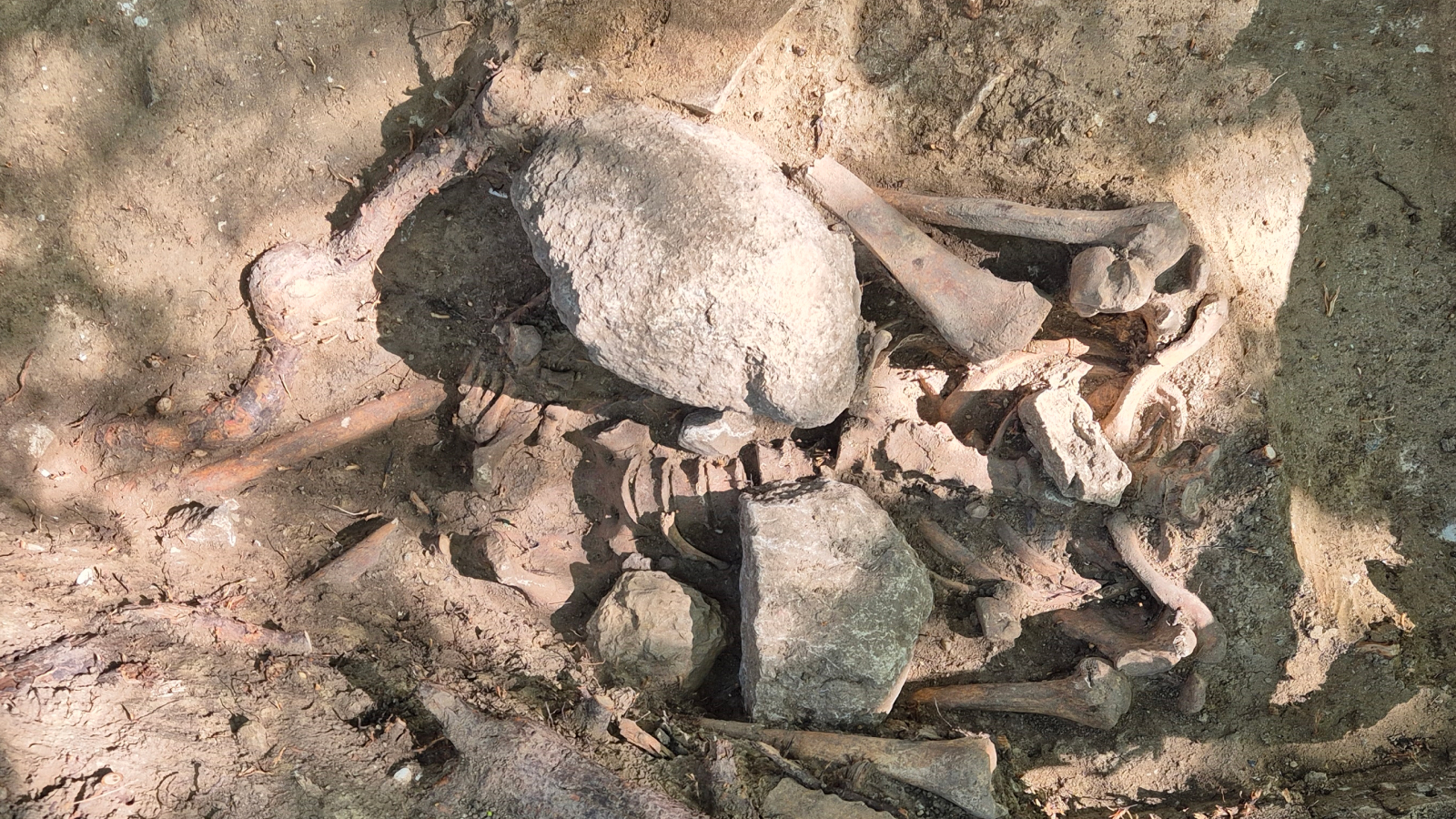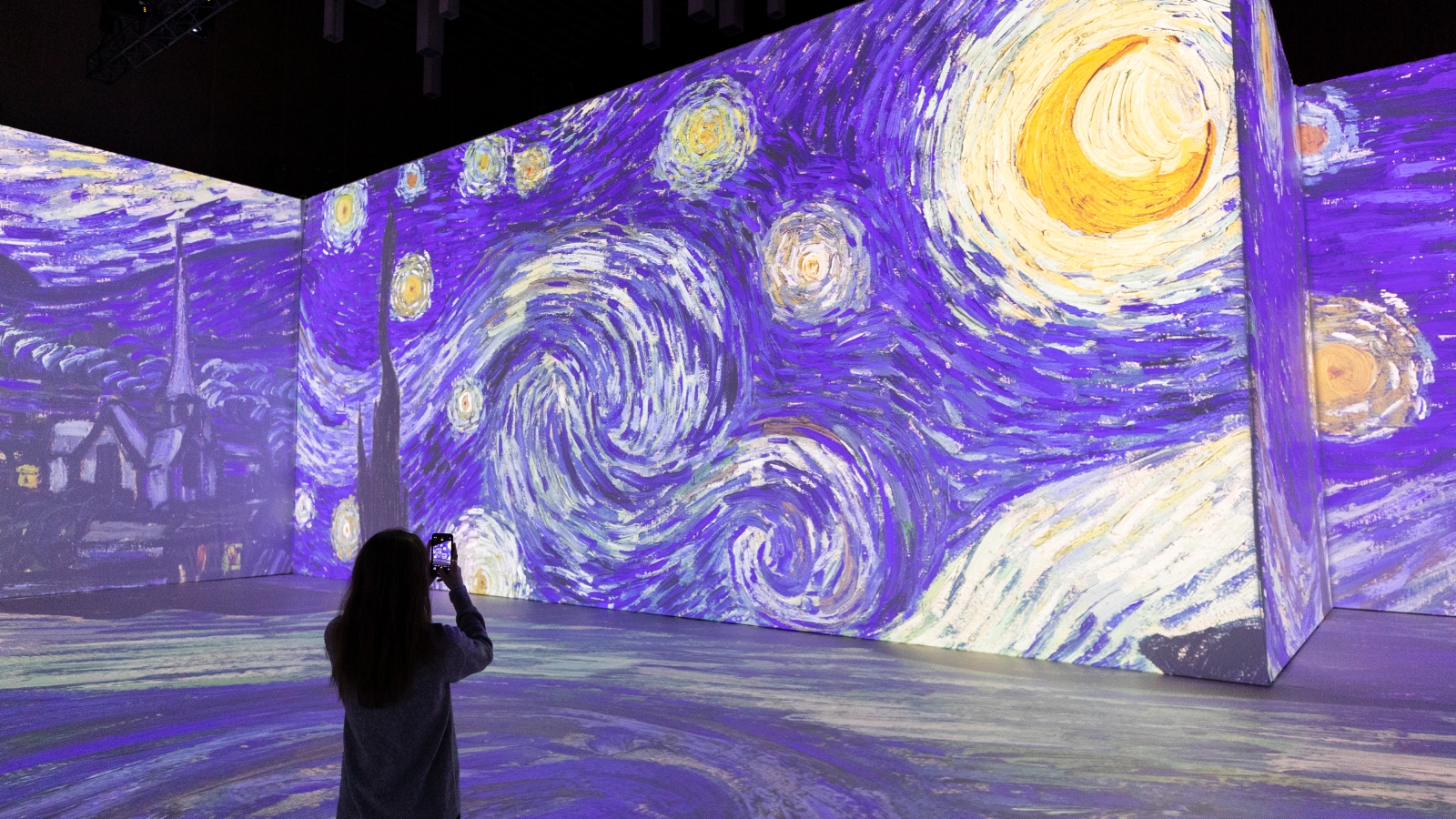Religions, Vol. 15, Pages 803: Maṇḍala or Sign? Re-Examining the Significance of the “Viśvavajra” in the Caisson Ceilings of Dunhuang Mogao Caves
Religions doi: 10.3390/rel15070803
Authors: Li Shen
This article delves into the exploration of a significant sign, the “viśvavajra”, found in the caisson ceilings of Buddhist esoteric art in Dunhuang’s Mogao Caves. These caissons, featuring the viśvavajra sign in the center, were prevalent from the mid-Tang period to the Western Xia dynasty (ninth to thirteenth centuries) and are recorded by The Overall Record of Dunhuang Mogao Grottoes under description as “Jiaochu Jingxin”. Similar caissons are also found in Western Buddhist Caves near Dunhuang, and Yulin Caves in Guazhou County, indicating a distinct regional character. Focusing on a well-preserved and intricately detailed example from Cave 361, this article aims to elucidate the specific tantric significance of the viśvavajra at the center of the caissons within the broader context of Buddhist art. Drawing from related tantras, the discussion explores how the sign and its surrounding compositions align with a particular homa (fire offering) maṇḍala, specifically the śāntika maṇḍala crucial to numerous Tantric Buddhist rituals. Furthermore, the article examines the evolution of caisson of this type of maṇḍala over time. By comparing the mid-Tang example from Cave 361 with the late Tang period’s Cave 14, a noticeable shift in format becomes apparent. The viśvavajra sign takes on new significance, embodying “the samaya of all Tathāgatas”. Ultimately, the article explores how the significance of the viśvavajra sign transforms into an allusion to Vairocana or Rocana under the Sino-Tibetan Esoteric Buddhist context in the Hexi Corridor during the early Northern Song and Western Xia dynasty.

 2 months ago
19
2 months ago
19


